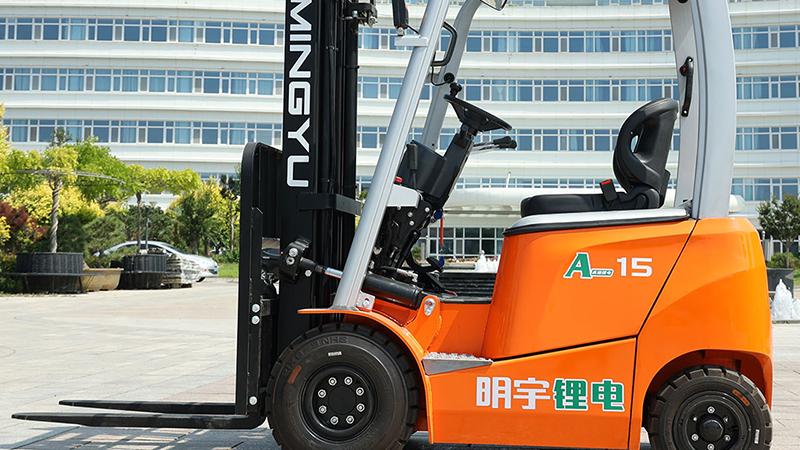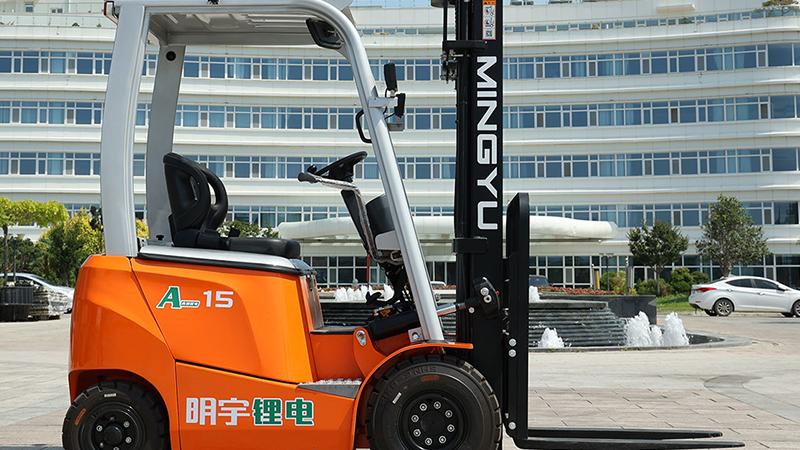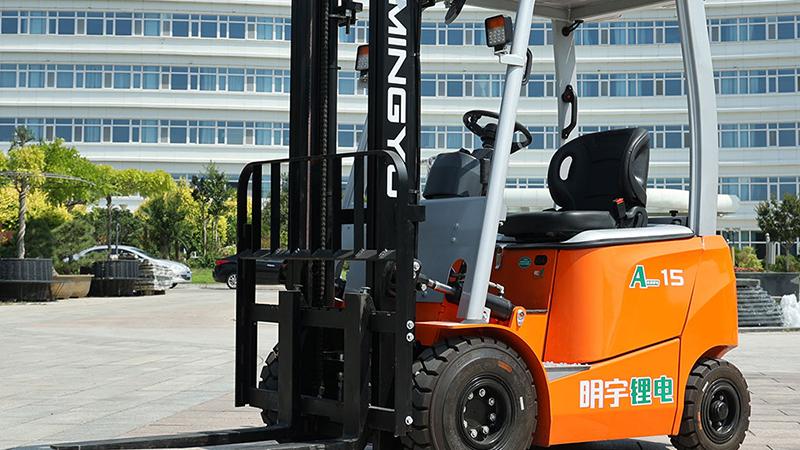The transition towards electric forklifts is a defining trend in modern material handling, driven by the push for lower emissions, reduced operational noise, and decreasing total cost of ownership. At the heart of every electric forklift lies its battery, the fundamental component that dictates not only its runtime and performance but also its long-term economic and environmental impact. The choice of battery technology is therefore one of the most critical decisions a business will make, influencing everything from daily operational workflows to facility infrastructure and long-term budgeting. For decades, the industry relied on a single, established technology, but the landscape is now rapidly evolving with the advent of advanced alternatives that promise greater efficiency and flexibility. Understanding the different types of batteries available—from the traditional workhorse lead-acid to the high-performance lithium-ion and the innovative thin plate pure lead—is essential for any operation seeking to optimize its fleet. This knowledge empowers managers to look beyond the initial purchase price and consider the broader picture, including energy consumption, required maintenance, lifespan, and the necessary charging protocols. The selection process must align with the specific demands of the application, whether it involves multi-shift operation in a cold storage facility, light-duty use in a small warehouse, or handling heavy loads in a manufacturing plant. This article provides a comprehensive overview of the primary battery technologies powering today's electric forklifts, offering a deep dive into their mechanics, advantages, and ideal use cases to guide a well-informed investment.
The most traditional and widely recognized power source for electric forklifts is the lead-acid battery. This technology has been the industry standard for over half a century, valued for its proven reliability and lower initial acquisition cost compared to newer alternatives. A lead-acid battery operates on a simple electrochemical principle, involving lead plates submerged in an electrolyte solution of sulfuric acid. They are categorized into two main types: flooded lead-acid (FLA) and valve-regulated lead-acid (VRLA), which includes Absorbent Glass Mat (AGM) and Gel batteries. Flooded lead-acid batteries are the most common type found in industrial settings; they require regular maintenance, including the periodic addition of distilled water to compensate for evaporation and gassing during charging. They also necessitate a dedicated battery charging room with proper ventilation due to the risk of emitting hydrogen gas. The primary operational characteristic of lead-acid batteries is the need for a full charging cycle, which often involves an 8-hour charge followed by an 8-hour cooldown period, making them suitable for operations that can schedule single-shift use or have a sufficient number of batteries to swap in and out. While their upfront cost is attractive, the total cost of ownership can be influenced by factors such as shorter lifespan, water maintenance, energy inefficiency, and the need for battery changing equipment and personnel. Despite these drawbacks, lead-acid remains a viable and economical choice for many businesses, particularly those with predictable, single-shift operations and established infrastructure for battery swapping and maintenance.
In recent years, lithium-ion battery technology has revolutionized the market for electric forklifts, offering a paradigm shift in performance and operational flexibility. Although initially more expensive in terms of purchase price, lithium-ion batteries present a compelling value proposition through their exceptional energy density, rapid charging capabilities, and minimal maintenance requirements. Unlike lead-acid batteries, lithium-ion variants do not require a full discharge-charge cycle; they can be opportunity-charged during breaks, shifts, or any short downtime without incurring memory effect or significant damage. This "charge anywhere, anytime" capability eliminates the need for expensive battery swapping rooms and multiple battery sets, allowing for continuous multi-shift operation from a single battery. Furthermore, lithium-ion batteries are virtually maintenance-free, as they are sealed units that do not require watering, equalization charges, or acid handling, thereby enhancing workplace safety and reducing labor costs. They also boast a much longer lifespan, often lasting two to three times longer than a standard lead-acid battery, which directly offsets the higher initial investment over time. Other significant advantages include consistent power output throughout the discharge cycle, meaning an electric forklift powered by lithium-ion will not experience a drop in performance as the battery depletes. They are also more energy-efficient, losing less energy as heat during charging. While the safety of lithium-ion chemistry is robust in modern industrial designs, featuring built-in Battery Management Systems (BMS) to prevent overcharging and overheating, they represent the premium choice for high-intensity operations where maximizing uptime and reducing operational complexity are top priorities.
Beyond the two main contenders, several other battery technologies cater to specific niches within the electric forklift market. One notable alternative is Thin Plate Pure Lead (TPPL) technology, an advanced variation of the lead-acid battery. TPPL batteries offer a middle ground, providing some of the benefits of lithium-ion, such as faster charging and no watering requirements, at a cost closer to traditional lead-acid. They can be opportunity-charged to a certain extent and have a longer cycle life than flooded batteries, making them suitable for operations seeking an upgrade from lead-acid without the full capital commitment to lithium-ion. However, they still require a full charge periodically and are not as tolerant of partial-state-of-charge cycling as lithium-ion. Looking towards the future, hydrogen fuel cells represent an emerging power source for electric forklifts, particularly in large-scale, multi-shift applications like those seen in major distribution centers. A fuel cell generates electricity through an electrochemical reaction between hydrogen and oxygen, producing only water vapor as a byproduct. The key advantage is refueling speed, which can be done in just three to five minutes, similar to filling a tank with gasoline, thus eliminating charging downtime entirely. This technology requires significant infrastructure investment for hydrogen storage and refueling stations on-site, making it feasible primarily for large corporations with substantial fleet sizes. Ultimately, the choice between lead-acid, lithium-ion, TPPL, or fuel cells for electric forklifts depends on a careful analysis of operational intensity, budget constraints, facility capabilities, and sustainability goals. By weighing the total cost of ownership, maintenance capacity, and required uptime, businesses can select the battery technology that will power their electric forklifts most effectively and economically for years to come.
Post time:Sep.25.2025



